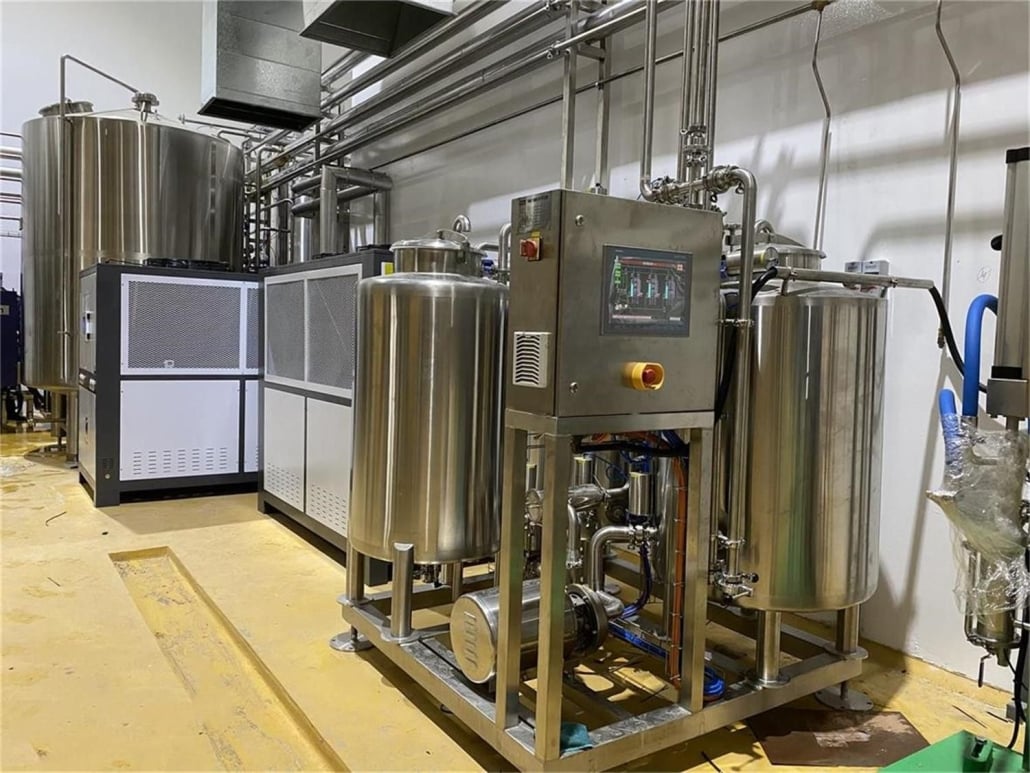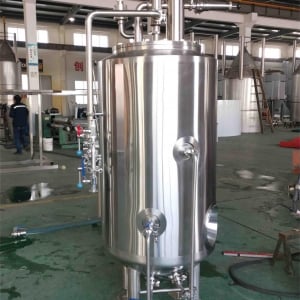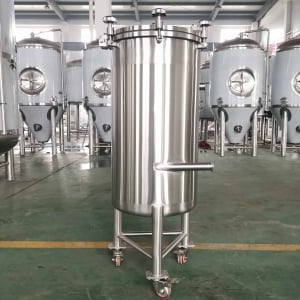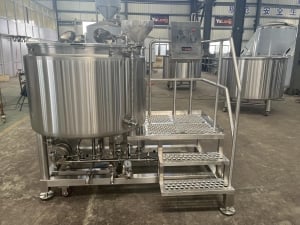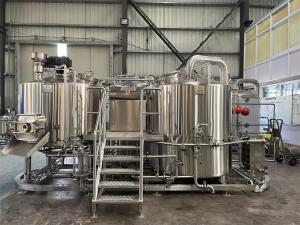Table of Contents
ToggleIntroduction
The craft beer industry has experienced a remarkable boom in recent years, with beer enthusiasts seeking unique and flavorful brews beyond the mass-produced options. In this quest for exquisite beer, microbreweries have emerged as shining stars, offering handcrafted beers with distinctive flavors and characteristics. At the heart of every successful microbrewery lies the essential component – microbrewery equipment.
What is Microbrewery Equipment?
Microbrewery equipment encompasses a range of specialized tools and machinery designed to brew small batches of beer with precise control over the brewing process. Unlike large-scale commercial breweries, microbreweries produce limited quantities of beer, allowing them to experiment with various ingredients and brewing techniques, resulting in a diverse array of craft beers.
The History of Microbreweries
To understand the significance of microbrewery equipment, we must delve into the history of microbreweries. The concept of microbreweries can be traced back to the late 20th century when a group of visionary brewers challenged the dominance of mass-produced beers. These early microbreweries laid the foundation for the craft beer revolution we witness today.
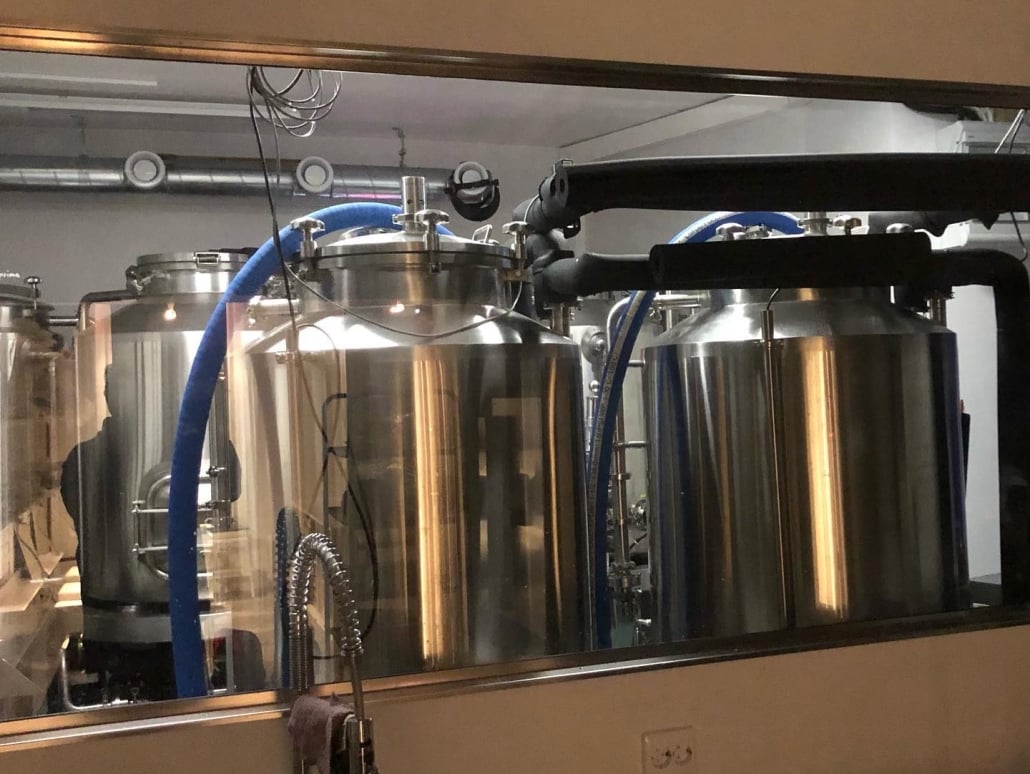
Types of Microbrewery Equipment
Brew Kettles
The brew kettle is the heart of the brewing process, where the malted grains are combined with water and hops to create the wort, the essential precursor to beer.
Fermentation Tanks
Fermentation tanks are where the magic happens. Yeast is added to the wort in these tanks, and fermentation takes place, converting sugars into alcohol and carbon dioxide.
Wort Chillers
After fermentation, the wort needs to be rapidly cooled to a suitable temperature before yeast is added. Wort chillers efficiently lower the temperature, expediting the brewing process.
Mash Tuns
Mash tuns play a crucial role in mashing, where hot water extracts fermentable sugars from the malted grains, forming the sweet wort.
Grain Mills
Grain mills crush the malted grains, increasing their surface area for better extraction during mashing.
Bottling and Canning Lines
These lines streamline the packaging process, allowing microbreweries to package their beers efficiently in bottles or cans.
Kegging Systems
Kegging systems facilitate the storage and distribution of craft beer to various outlets, ensuring its availability to beer enthusiasts.
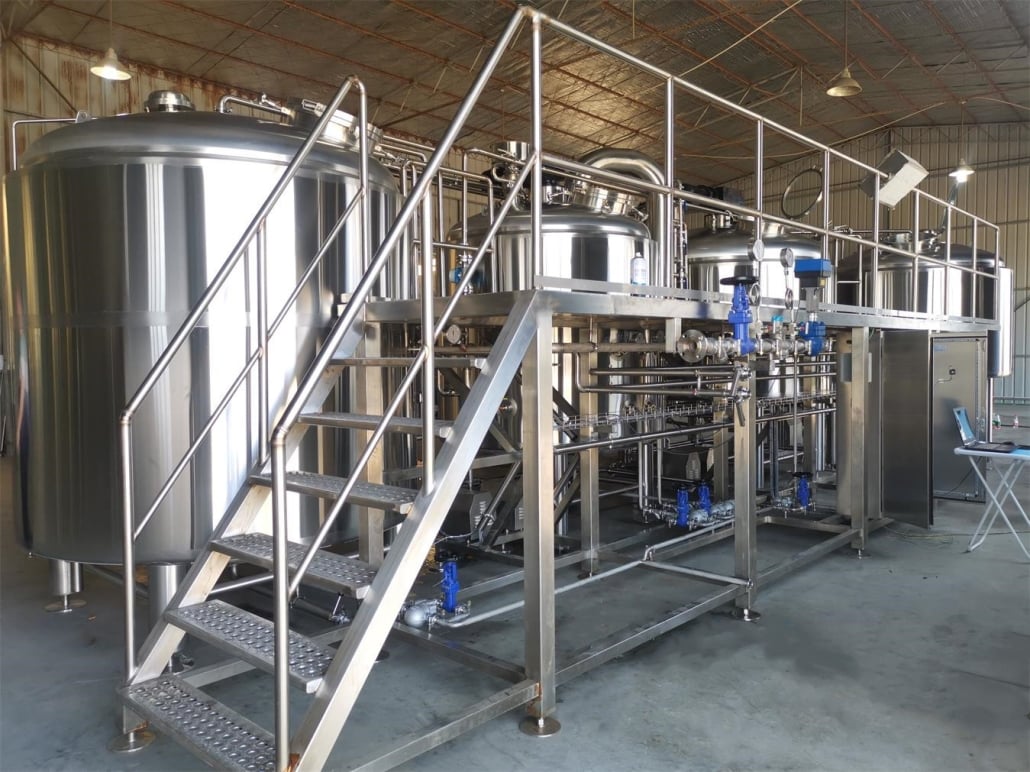
Choosing the Right Microbrewery Equipment
Setting up a microbrewery requires careful consideration of the equipment needed. Here are some key factors to keep in mind:
Capacity and Size
Choosing equipment with an appropriate capacity is essential to meet current and future demand while avoiding unnecessary costs.
Material and Durability
Investing in high-quality, durable equipment ensures longevity and consistent brewing performance.
Automation and Control
Automated systems improve efficiency and reduce the risk of human errors, maintaining the beer’s quality.
Budget Considerations
While quality is crucial, staying within budgetary constraints is equally important for a sustainable business model.
Setting Up a Microbrewery: Step-by-Step Guide
Establishing a microbrewery demands meticulous planning and execution. Here’s a step-by-step guide to help aspiring brewers realize their dream:
Conducting Market Research
Understanding the target market and its preferences is critical for offering beers that appeal to customers.
Selecting the Location
Choosing the right location can significantly impact a microbrewery’s success, as accessibility and visibility play crucial roles.
Acquiring Licenses and Permits
Navigating the regulatory landscape and obtaining necessary licenses and permits is vital for legal operation.
Designing the Brewery Layout
An efficiently designed brewery layout optimizes workflow and ensures smooth operations.
Purchasing Microbrewery Equipment
Selecting the right equipment, based on the brewery’s capacity and objectives, sets the foundation for exceptional beer production.
Hiring Staff
A skilled and passionate team is instrumental in maintaining the quality and reputation of the microbrewery.
Marketing and Promotion
Creating a brand identity and effectively marketing the craft beer offerings is essential for attracting customers.
Maintenance and Cleaning of Microbrewery Equipment
Proper maintenance and cleaning of microbrewery equipment are crucial for hygiene, beer quality, and equipment longevity.
Troubleshooting Common Microbrewery Equipment Issues
Even with the best equipment, issues can arise during the brewing process. Identifying and resolving common problems is vital for consistent beer production.
The Craft Beer Revolution and Microbrewery Equipment
The craft beer revolution has redefined the beer industry and significantly impacted the demand for microbrewery equipment.
Sustainability in Microbreweries
Microbreweries are increasingly adopting sustainable practices to reduce their environmental footprint and resonate with eco-conscious consumers.
Future Trends in Microbrewery Equipment
Innovation continues to drive the development of microbrewery equipment, with new technologies and features enhancing the brewing process.
The Growing Popularity of Microbreweries
The surge in microbreweries signifies the growing appreciation for craft beer and the cultural shift in consumer preferences.
Conclusion
Microbrewery equipment has undoubtedly played a pivotal role in revolutionizing the beer industry. With the right equipment and passion for crafting unique beers, microbreweries have transformed the beer landscape, offering consumers an unparalleled experience of taste, variety, and authenticity. As the craft beer movement continues to gain momentum, microbrewery equipment is poised to play an even more critical role in shaping the future of brewing.
Sustainability has become a key focus for many microbreweries. Consumers are increasingly conscious of environmental issues, and they appreciate businesses that adopt eco-friendly practices. Microbreweries are responding to this demand by implementing energy-efficient brewing processes, using renewable energy sources, and reducing water wastage. Additionally, some breweries are sourcing locally grown ingredients to support regional economies and reduce their carbon footprint.
As technology advances, microbrewery equipment is evolving to offer more sophisticated automation and control features. Automation not only streamlines the brewing process but also allows brewers to maintain consistency in their products. Automated systems can monitor temperature, pressure, and other critical variables, ensuring that each batch of beer meets the highest quality standards. This level of precision is essential for building a loyal customer base that trusts the microbrewery’s brand.
The future holds exciting possibilities for the integration of smart technology in microbrewery equipment. Imagine microbreweries utilizing Artificial Intelligence (AI) to analyze data from brewing processes, optimizing recipes for flavor and efficiency. AI-driven systems could suggest new beer styles based on customer preferences, enabling microbreweries to stay ahead in a competitive market.
Consumer preferences continue to shape the direction of the craft beer industry. The demand for unique, limited-edition brews has led microbreweries to experiment with exotic ingredients and unconventional brewing techniques. This adventurous spirit has resulted in beers with bold flavors and character, appealing to the adventurous taste buds of beer enthusiasts.
Moreover, microbreweries are fostering a sense of community by hosting beer tastings, brewery tours, and events. These experiences not only allow customers to engage with the brand but also provide opportunities for direct feedback and suggestions. Microbreweries are embracing this feedback loop to refine their beers and create offerings that resonate with their target audience.
In recent years, the global pandemic has presented both challenges and opportunities for microbreweries. With restrictions on indoor gatherings and closures of bars and restaurants, many microbreweries had to pivot to online sales and direct-to-consumer delivery models. However, this shift has allowed some microbreweries to reach a wider audience beyond their local communities, tapping into new markets and expanding their customer base.
Inclusivity and diversity are becoming vital elements of the craft beer industry. Microbreweries are recognizing the need for representation and are actively promoting diversity within their teams and beer offerings. Inclusivity initiatives attract more diverse customers and create an inclusive environment for all beer lovers.
As we look to the future, microbrewery equipment will continue to be at the forefront of innovation, empowering brewers to push the boundaries of their craft. With the support of technology, sustainable practices, and a passion for brewing, microbreweries are poised to drive the craft beer movement forward.
FAQs
1. What is the cost of setting up a microbrewery? Setting up a microbrewery can vary widely in cost, depending on factors like the size of the brewery, the location, and the equipment chosen. Generally, it can range from tens of thousands to millions of dollars.
2. Can I use homebrewing equipment for a microbrewery? While some homebrewing equipment may be suitable for small-scale microbreweries, professional-grade microbrewery equipment is recommended for consistent and scalable production.
3. How important is water quality in brewing beer? Water quality is crucial in brewing beer, as it can significantly impact the taste and overall quality of the final product. Many successful breweries invest in water filtration systems to ensure the best results.
4. What are the key factors to consider when choosing a fermentation tank? Capacity, material, insulation, and the ability to control temperature are essential factors to consider when selecting a fermentation tank.
5. How can I ensure the quality of my craft beer? Consistency in the brewing process, adherence to recipes, and regular maintenance of microbrewery equipment are key to ensuring the quality of craft beer. Regularly seeking feedback from customers also helps to refine the brewing process and meet consumer preferences.

